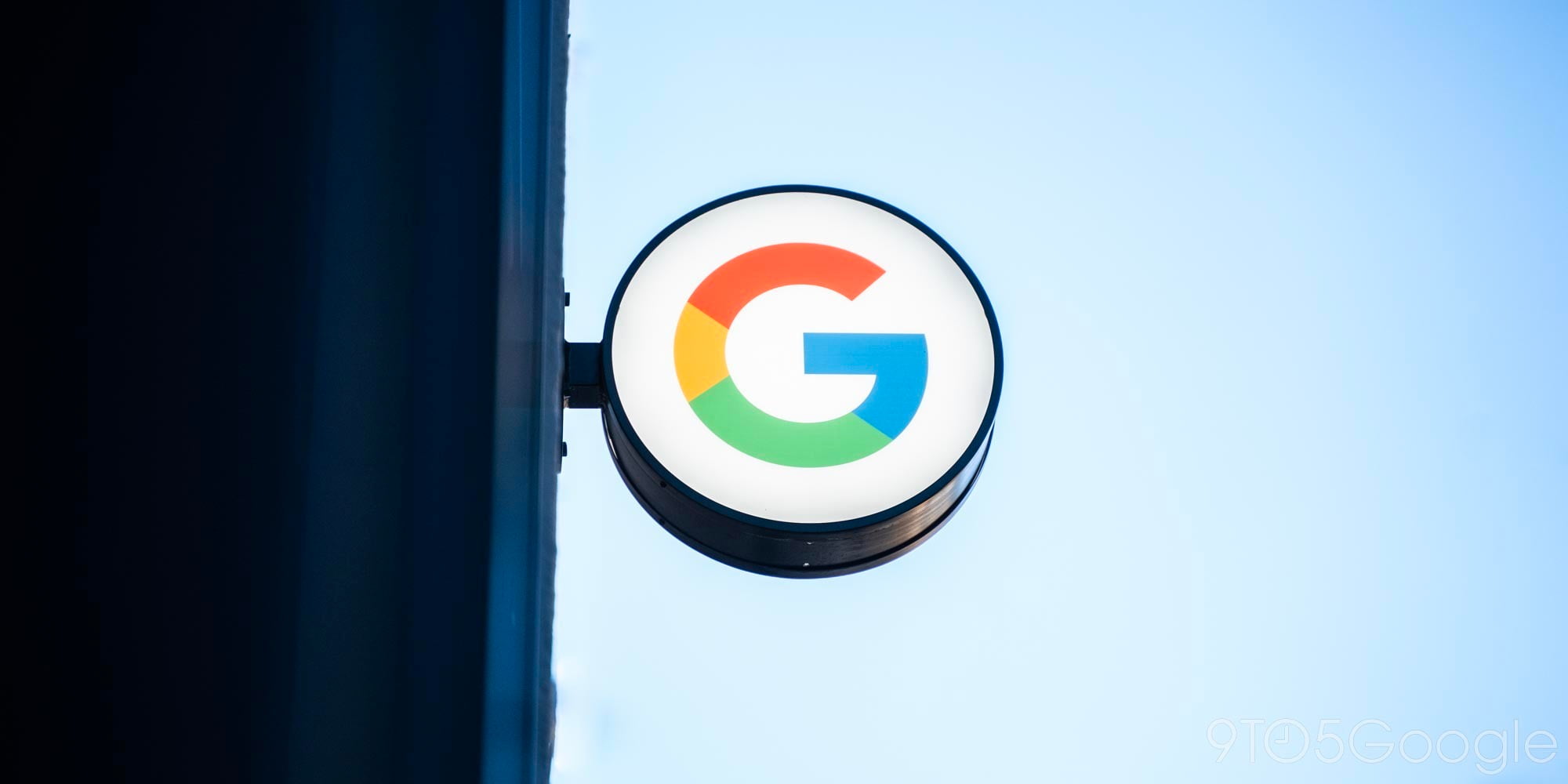

Google, as we’ve reported several times, has been redirecting its Glass efforts to have more of a focus on the enterprise market and a large part of that comes in the health field. TechCrunch today reports that researchers at Stanford University are using Google Glass to aid children with autism. Specifically, they are using the platform to help them recognize and classify the emotions they feel and see around them.
The Autism Glass Project uses machine learning for feature extraction, allowing the device to detect what the team refers to as “action units” from faces. The Autism Glass Project is expanding into its second phase this week with a 100-child study. The main goal is to develop a platform that allows for easy at-home autism treatment. Google has even donated 35 more Glass devices to the project.
Catalin Voss is the main mind behind The Autism Project and works with Dennis Wall, a professor in Stanford’s school of medicine, and Nick Haber, a Stanford post-doc. Voss describes the project as an “interactive learning experience.” The children can be told by the app to look for someone who is happy. If they successfully point their head towards a happy face, they are awarded points. A child’s use of the device is also recorded, allowing doctors and parents to go back and analyze performance and behaviors.
The team monitors performance in the game and combines their analysis with video analysis and parental questionnaires to build a ‘quantitative phenotype’ of Autism for each participant in the study. By tracking this over time, the team can show how their device helps improve emotion recognition over the long-term.
Voss hopes that his Glass project will allow for autism to be diagnosed at a younger age than it is now. Currently, the average age of diagnosis in the United States is four and a half years. Voss hopes to bring that to two and a half years.
FTC: We use income earning auto affiliate links. More.






Comments